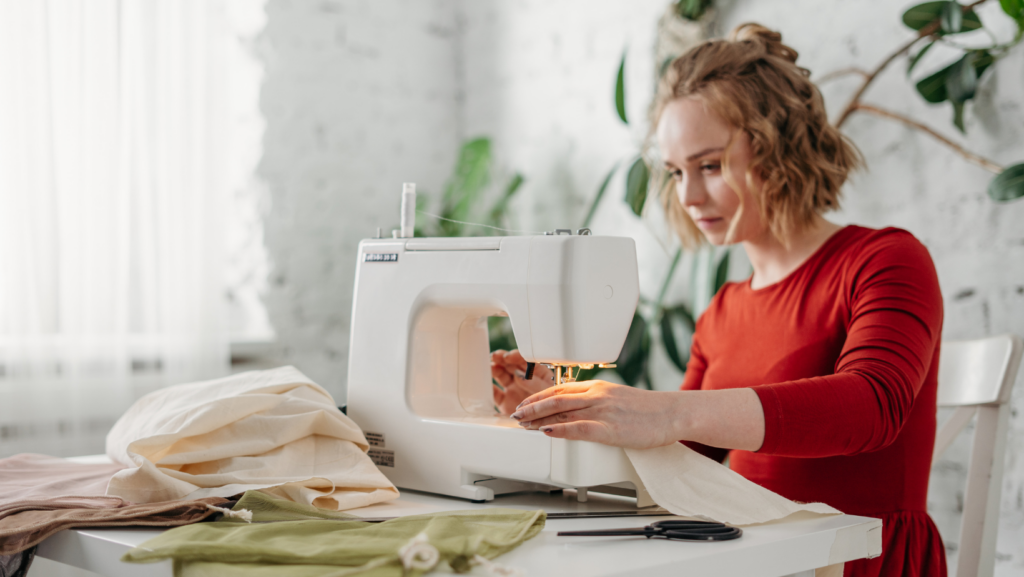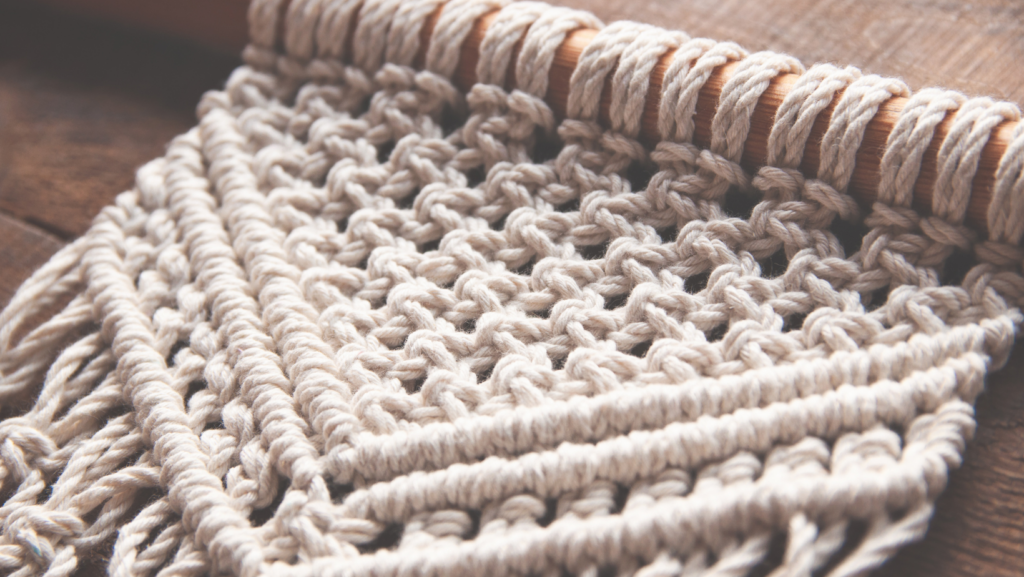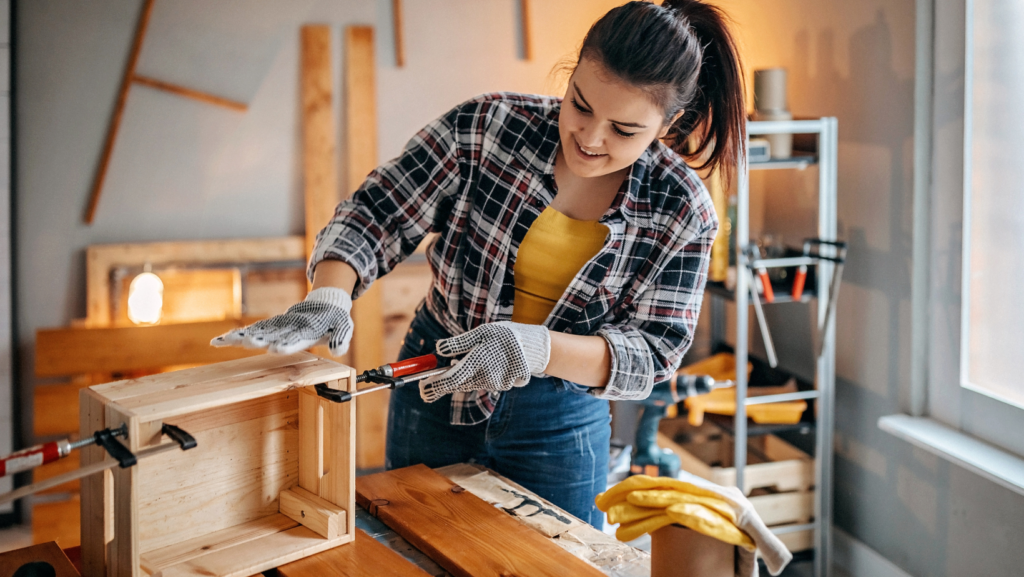Unleashing creativity through a needle and thread can be an exhilarating experience. Delving into the world of DIY sewing projects not only opens up a realm of endless possibilities but also serves as a therapeutic retreat from the hustle and bustle of everyday life. Whether you’re a seasoned seamstress or a beginner just dipping your toes into the fabric pool, there’s always a project waiting for you.
From upcycling old clothes to creating custom home decor, DIY sewing projects are a fantastic way to personalize your surroundings while honing a valuable skill. So, let’s thread that needle, and dive into the wonderful world of sewing, where every stitch tells a story.
DIY Sewing Projects
Embarking on DIY sewing projects offers manifold advantages. Central to it is the endless possibilities one can explore while also honing their skills. Delving deeper, the following sections elucidate the benefits.
Benefits of DIY Sewing Projects
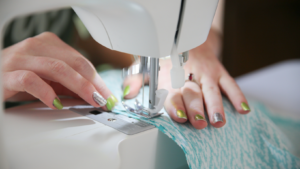 Reaping the benefits of DIY sewing projects, one finds a gratifying experience. Heightened by self-exploration, these projects pave the way for personalized creations. It’s an opportunity to make unique fashion statements, for instance, designing one-of-a-kind apparels like jackets or scarves.
Reaping the benefits of DIY sewing projects, one finds a gratifying experience. Heightened by self-exploration, these projects pave the way for personalized creations. It’s an opportunity to make unique fashion statements, for instance, designing one-of-a-kind apparels like jackets or scarves.
Sustainability is another significant advantage of DIY sewing projects. You can breathe new life into old or damaged clothes instead of discarding them, promoting a green lifestyle. By repurposing materials, for example, turning a worn-out men’s shirt into a girl’s dress, one reduces waste and helps the environment.
Cognitive benefits further boost the appeal of sewing projects. They require focus and precision which can enhance fine motor skills and hand-eye coordination. Crafting patterns, for instance, necessitate intricate planning and careful execution.
Choosing Your First DIY Sewing Project
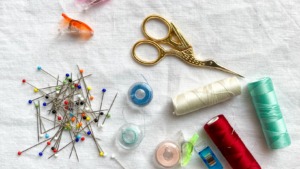 Embarking on your first DIY sewing project involves careful selection. Beginner sewers’ focus typically centers on projects that align with their skill level, allowing them to finish the project and learn simultaneously. Key factors influencing this decision include:
Embarking on your first DIY sewing project involves careful selection. Beginner sewers’ focus typically centers on projects that align with their skill level, allowing them to finish the project and learn simultaneously. Key factors influencing this decision include:
- Project Difficulty: Choose projects marked as beginner-friendly. It’s paramount to match the project complexity level with your sewing skills. For instance, a beginner may find creating a simple bag more manageable than producing a fitted dress.
- Time Commitment: Gauge the time available for the project. Simple projects, such as coasters, require fewer hours than an intricate quilt.
- Materials Required: Ensure you have necessary tools and fabrics before starting. Beginners might start with projects requiring elementary sewing tools: a basic sewing machine, thread, needles, and fabric.
- Interest Level: It’s essential that the project captures your interest. Whether passionate about fashion, home décor, or unique accessories, the project should foster enthusiasm.
How to Handle Common Hurdles in DIY Sewing Projects
Navigating the world of DIY sewing can come with its fair share of challenges. This segment offers insights into common obstacles that enthusiasts may encounter, as well as proven strategies for overcoming them.
Addressing Common Mistakes
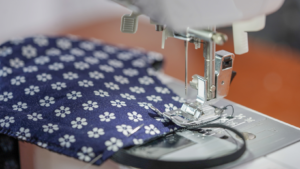 All sewists, even the most proficient, make errors from time to time. The key lies in recognizing these errors and mastering the ways to rectify them. Often, problems such as tangled threads, uneven stitches, or fabric puckering may occur.
All sewists, even the most proficient, make errors from time to time. The key lies in recognizing these errors and mastering the ways to rectify them. Often, problems such as tangled threads, uneven stitches, or fabric puckering may occur.
For instance, tangled threads could be a result of improper threading of the sewing machine. One should rethread the machine correctly, ensuring no guide is missed. If uneven stitches appear in the final output, it could signal a tension problem where adjusting tensions could rectify the issue.
Finding Solutions and Improving Skills
Overcoming hurdles is essential for skill progression in sewing. Once identified, rectifying common errors tends to significantly improve sewing proficiency. For example, if one consistently struggles with threading a needle, using a needle threader can streamline this task. Similarly, a magnetic seam guide can assist in maintaining consistent seam allowances, cultivating precision and enhancing the overall quality of the project.
Furthermore, for those finding it challenging to sew a straight line, practicing on scrap fabric before moving onto the actual project aids in improving this fundamental skill. Remember, confidently solving common problems not only escalates one’s sewing abilities but it also elevates the enjoyment and fulfillment gained from this versatile craft.

